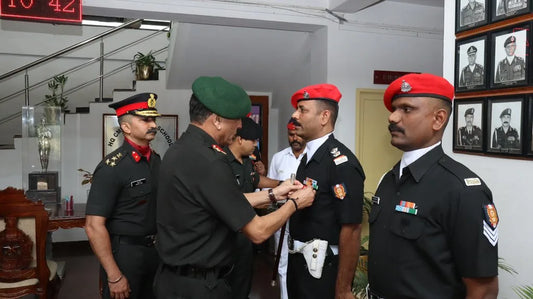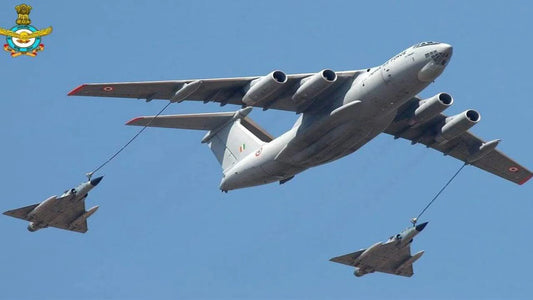Indian Navy Prepared to Launch Strikes on Pakistan in Operation Sindoor

During the height of Operation Sindoor, the Indian Navy was on high alert, ready to carry out significant attacks on Pakistan. Various naval units, including surface ships and submarines, were prepared to target Pakistani Navy assets and critical land locations utilizing BrahMos and Klub-class cruise missiles. Despite being primed for action, the order to proceed was never issued, according to sources familiar with the operation.
If the operation had gone ahead, it would have represented a major escalation following the deadly terrorist attack in Pahalgam, Jammu & Kashmir, on April 22, which resulted in the deaths of 26 civilians. Operation Sindoor served as India's retaliatory effort from May 6 to 7, 2025, featuring precise air and missile strikes against at least nine terrorist sites in Pakistan.
Defense sources indicate that Indian Navy submarines and warships were strategically positioned for strikes. The targets reportedly included Pakistani naval vessels in Karachi and other coastal installations. Additionally, land-based launch platforms equipped for long-range precision strikes were deployed, though the specific systems remain undisclosed.
Throughout the standoff, the Pakistani naval fleet, consisting of frigates and corvettes, stayed in harbours. This defensive approach appears to have been a reaction to India's dominant maritime force, led by the INS Vikrant carrier battle group.
The task force led by Vikrant not only maintained control over the North Arabian Sea but also established complete air superiority off Pakistan’s southern coastline. MiG-29K fighter jets from the carrier reinforced this dominance by intercepting and repelling a lone Pakistan Navy RAS-72 Sea Eagle maritime patrol aircraft that attempted reconnaissance after the ceasefire.
In a close encounter, a MiG-29K reportedly flew within mere hundreds of metres of the Pakistani aircraft, necessitating its withdrawal, thus demonstrating India's air readiness and assertiveness following the conflict.
Although the Navy refrained from launching a full-scale attack, military analysts suggest that its deterrent stance and operational preparedness were instrumental in controlling escalation and projecting Indian strength in the region. This incident underscores the growing significance of naval power in joint-force operations and strategic retaliation efforts.
Operation Sindoor marked a pivotal moment in India's counter-terror strategy, indicating a readiness to employ coordinated tri-service measures and broaden operational theaters to safeguard national security.



















